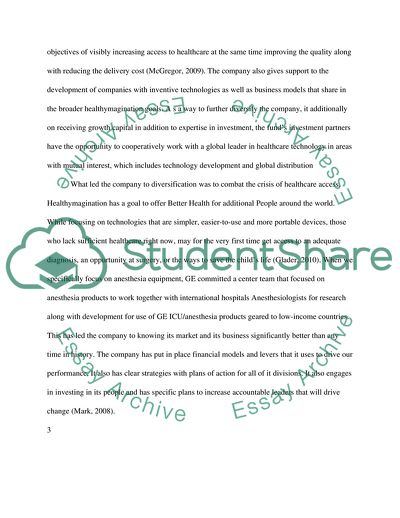Cite this document
(Healthymagination at General Electric Essay Example | Topics and Well Written Essays - 2250 words - 1, n.d.)
Healthymagination at General Electric Essay Example | Topics and Well Written Essays - 2250 words - 1. https://studentshare.org/health-sciences-medicine/1789551-healthymagination-at-ge-general-electric
Healthymagination at General Electric Essay Example | Topics and Well Written Essays - 2250 words - 1. https://studentshare.org/health-sciences-medicine/1789551-healthymagination-at-ge-general-electric
(Healthymagination at General Electric Essay Example | Topics and Well Written Essays - 2250 Words - 1)
Healthymagination at General Electric Essay Example | Topics and Well Written Essays - 2250 Words - 1. https://studentshare.org/health-sciences-medicine/1789551-healthymagination-at-ge-general-electric.
Healthymagination at General Electric Essay Example | Topics and Well Written Essays - 2250 Words - 1. https://studentshare.org/health-sciences-medicine/1789551-healthymagination-at-ge-general-electric.
“Healthymagination at General Electric Essay Example | Topics and Well Written Essays - 2250 Words - 1”. https://studentshare.org/health-sciences-medicine/1789551-healthymagination-at-ge-general-electric.


